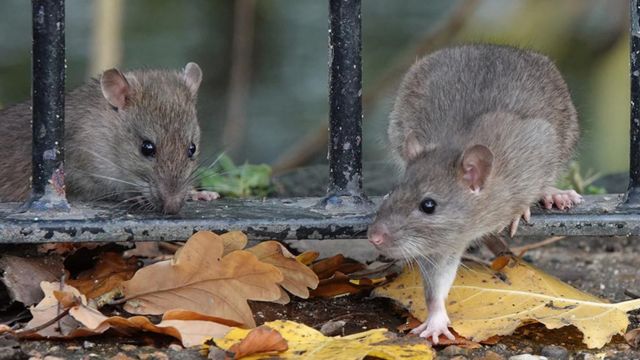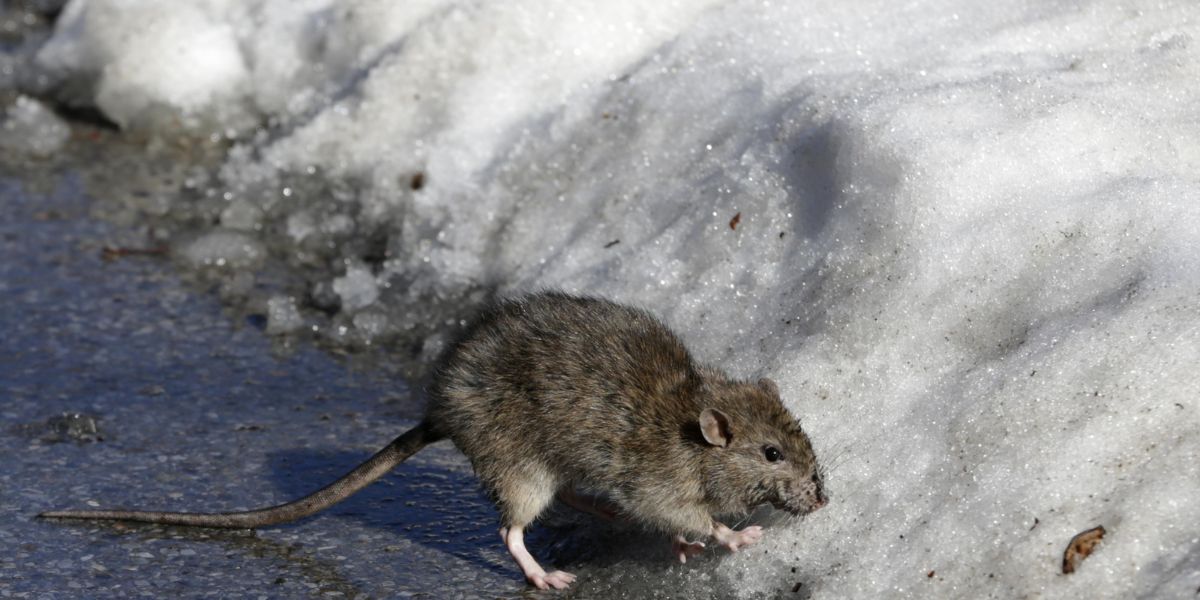As the temperature drops and New Yorkers bundle up for the winter months, there’s a unique group of workers who are welcoming the cold weather with open arms: the city’s rat catchers.
While most residents dread the chilly months, for those on the front lines of rodent control, the winter cold provides a much-needed advantage in the ongoing battle against the city’s persistent rat population.
A Winter Shift in the Rodent Landscape
For years, New York City has grappled with its notorious rat problem, with the rodents often seen scurrying through the subway, alleyways, and even parks. These resilient creatures thrive in the city’s bustling environment, particularly in warmer weather, when food is abundant and conditions are perfect for breeding. However, when the mercury drops and the cold sets in, rats are forced to adjust their behavior, and that’s where the city’s rat catchers find a golden opportunity.
“In the winter, rats tend to move indoors more often, seeking warmth and shelter in places like basements, subways, and even commercial buildings,” said Expert or Rat Catcher’s , a leading pest control expert in the city. “This behavior makes them more concentrated and easier to track and manage, which actually helps our efforts to reduce the population.”
The Role of the Cold Weather
While it may seem counterintuitive, the cold weather can reduce the spread of rats in some ways. Colder temperatures encourage rats to huddle together in smaller, more confined spaces, where they are easier to target. Many rats seek shelter in the warmth of buildings and homes, making them more likely to come into contact with traps, bait, and professional pest control services.

According to pest control professionals, the cold weather forces rats to go underground and into hidden crevices that are often more accessible during the winter months. With fewer places to hide, it becomes easier for rat catchers to pinpoint the nests and nests and remove the rodents from the city.
“It’s not so much that the rats go away in the winter, but they’re easier to contain. “We focus on the areas they’re likely to infest, and with their movements more predictable, we’re able to reduce their numbers.”
Rat Catchers Embrace the Change
For the teams that deal with rat infestations year-round, the winter cold provides a brief but welcome respite. The combination of cold temperatures and a slowdown in rat breeding cycles makes it easier for pest control professionals to address the rat population effectively.
Trouble Times! Craft Store Giant with Over 75 California Locations Declares Bankruptcy
Rat Catcher, a seasoned rat catcher working in NYC, explained how the winter shift works in their favor. “In the warmer months, rats are more active and constantly on the move. But in the winter, their activity slows down, and they tend to seek out specific areas for warmth. This gives us a chance to take action before they can spread further.”
Additionally, in winter, food sources are scarcer, which means rats are more likely to be attracted to the bait and traps set by professionals. When rats seek shelter in buildings, they’re also more likely to encounter poison bait or traps strategically placed by rat catchers in the city’s most affected areas.
How Rat Catchers Are Adapting to the Season
As part of their winter strategy, NYC’s rat catchers are adopting various methods to ensure that they remain one step ahead of the rodents. These methods include:
- Sealing Entry Points: Rat catchers focus on sealing up any cracks, holes, or gaps in buildings, particularly in areas where rats are likely to seek shelter, such as basements and entryways. This prevents rats from making their way inside during the colder months.
- Increased Monitoring: Rat catchers use thermal cameras and other advanced tools to detect rodent activity in buildings and outdoor spaces. These technologies help pinpoint areas where rats are nesting or entering, making it easier to deploy traps or poison strategically.
- Rodent-Proofing Buildings: With colder temperatures driving rats indoors, rat catchers work closely with businesses and homeowners to “rat-proof” their properties. This might include installing barriers, sealing cracks, and regularly cleaning up food debris that could attract rodents.
- Trapping and Baiting: In areas with high concentrations of rats, professional rat catchers use large-scale traps and bait stations to capture the rodents. The cold weather helps ensure that rats are less likely to escape or avoid the traps, as they are more focused on finding warmth and food.
Challenges Ahead
While the cold does offer some benefits to rat catchers, the battle against rats is never fully won. As the temperature warms up in the spring, rats will once again become more active, breeding at rapid rates and increasing the potential for infestations across the city.
Pest control experts warn that even though winter brings a temporary lull in the rat population, continued vigilance and proactive measures are essential. The warmer months will likely see a spike in rat activity again, requiring another round of intensive pest control efforts.
“We can’t relax just because the temperature drops,” said Pest. “We’re always on the lookout and working to stay ahead of the problem, but winter does offer a good window for us to make progress and reduce numbers.”
As New York City faces another cold winter, rat catchers are making the most of the opportunity to combat the city’s rat problem. With colder temperatures driving rodents indoors and into more concentrated areas, pest control efforts are proving to be more effective. But the battle is ongoing, and both residents and professionals will need to stay vigilant in the months ahead to keep the rat population under control.
For now, rat catchers in NYC can breathe a little easier, knowing that the chilly temperatures are giving them the upper hand in the constant fight against the city’s notorious rodent residents.




